AT&T has been at the forefront of 5G since late 2018. The telco turned on 5G network in twelve U.S. cities last December and more recently, seven more cities got the nod, making it a total of nineteen cities with access to AT&T 5G services as of April 30.
With this coverage, AT&T boasts of the widest 5G reach among the four major U.S. carriers to date. The company has even run multiple speed tests with results of up to 2Gbps being reported, however, there is still no consumer-ready 5G phone to verify this claim. For now, AT&T is using NETGEAR’s Nighthawk mobile hotspot to carry out the tests.
While it’s clear that AT&T’s strategy is to get going with 5G as soon as possible, the question here is what is the company actually doing to realize this?
In this post, we talk about the current state of AT&T’s 5G network, 5G phones, pricing and when the speedy mobile network arrives.
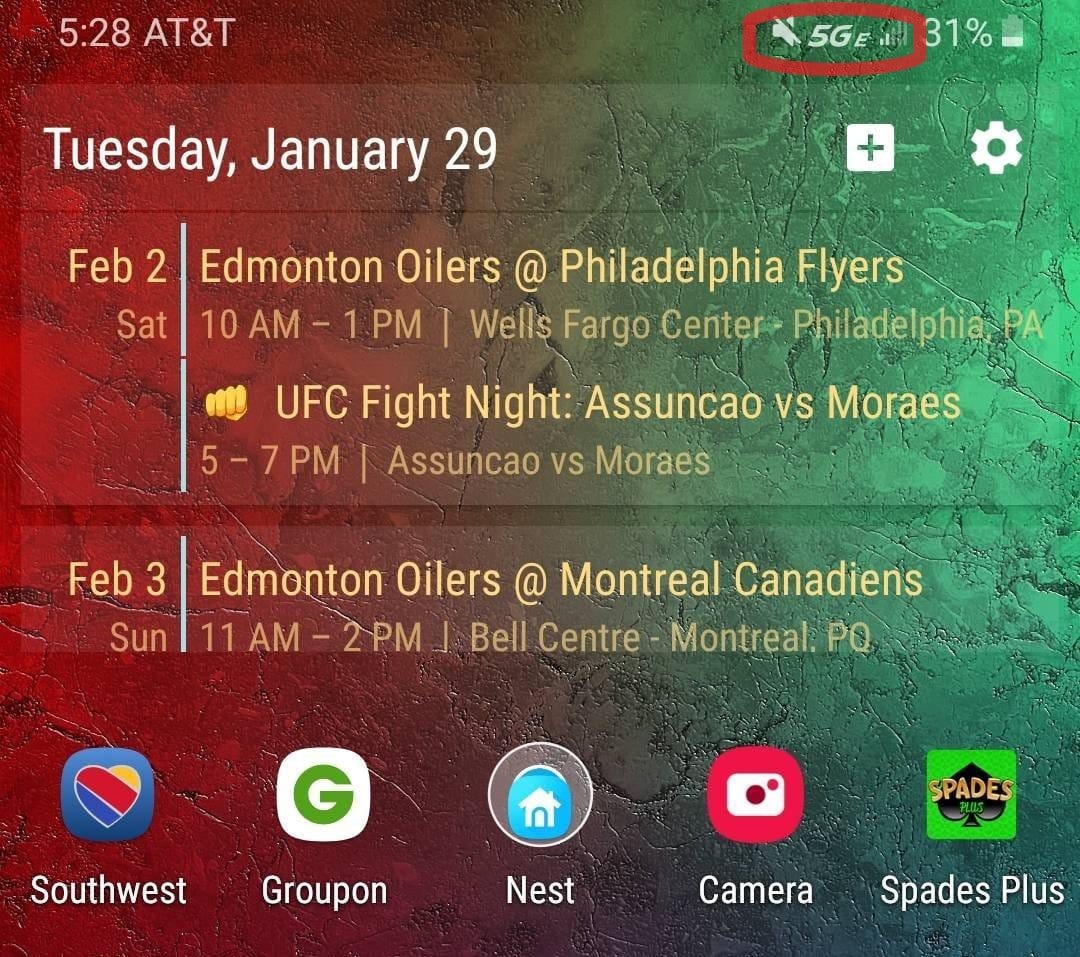
AT&T 5GE
- The 5GE icon started showing up in late 2018
- But 5GE is not anywhere close to true 5G
- The 5GE icon is a placeholder for true 5G
First, let’s take on the elephant in the room – 5GE.
When the talk about 5G was beginning to pick up late last year, AT&T started replacing the LTE icon on smartphones with a 5GE icon in an exercise that took into account over 400 markets across the country.
Dubbed 5G Evolution, this is the same network that is known as LTE Advanced elsewhere, but for some reason, AT&T thought it’s cool to associate it with 5G. According to the carrier, though, this was only meant to prepare customers for the arrival of true 5G.
So, if you see your AT&T phone with a 5GE icon, don’t be confused to think that you have access to 5G network. In fact, unless you have a Samsung Galaxy S10 5G or LG V50 ThinQ (which you obviously don’t), your current phone doesn’t support 5G connectivity.

AT&T 5G cities
- AT&T 5G started rolling out in late 2018
- Up to 19 cities are already covered
- Chicago and Minneapolis to get 5G later in the year
As already pointed out, AT&T started rolling out 5G in late 2018 and so far, the network is available in 19 U.S. cities.
Here is the full list so far:
- California – Los Angeles, San Diego, San Francisco, San Jose
- Florida – Jacksonville, Orlando
- Georgia – Atlanta
- Indiana – Indianapolis
- Kentucky – Louisville
- Louisiana – New Orleans
- North Carolina – Charlotte, Raleigh
- Oklahoma – Oklahoma City
- Tennessee – Nashville
- Texas – Austin, Dallas, Houston, San Antonio, Waco
AT&T is expected to continue rolling out 5G network in more cities as the year progresses, with Chicago and Minneapolis among the cities in question.
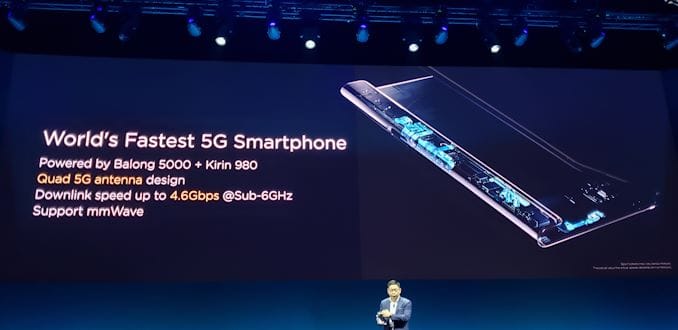
AT&T 5G speeds
- AT&T is already testing 5G speeds
- Speeds of up to 2Gbps recorded in Atlanta
- 10 seconds is enough to download a 2-hour HD movie
AT&T has been quite busy in the build-up to the official launch of 5G in the country. The carrier has run a couple or so speed tests with some interesting results.
In the first tests, AT&T reported having reached speeds of between 200Mbps and 300Mbps and in early April 2019, it shot to 1Gbps. Not long after, things got even faster, with speeds of up to 2Gbps being recorded in Atlanta using NETGEAR Nighthawk mobile hotspot. Looking at the maximum downlink speed the Huawei Mate X (image above) can achieve, it’s clear there’s still room for improvement.
AT&T says that with such a speedy network, you only need 10 seconds to download a 2-hour HD movie. But of course, we all know it’s hard for a device/network to maintain such speeds.
Unlike T-Mobile whose 5G strategy involves using a combination of mmWave, mid-band and low-band spectrums to deliver true 5G to all, AT&T is relying on mmWave to deliver 5G to its customers. While its true mmWave promises better speeds and more capacity, coverage is limited to a small area like urban centers, a fully packed stadium or concert.
Also, the transmission of mmWave signals can easily be affected by things like walls, which means you are likely to lose 5G signal on your phone when you enter a building. On the brighter side, AT&T is said to be working on a sub-6GHz spectrum that will cover the wider America by 2020.
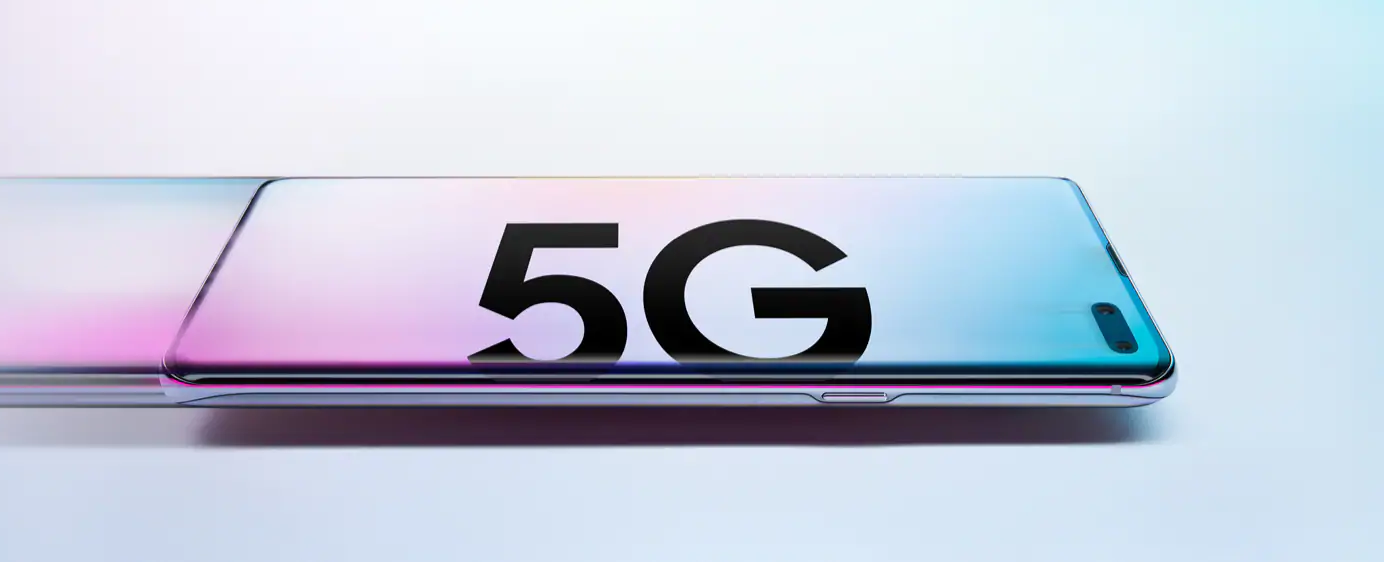
AT&T 5G phones
- AT&T currently has no 5G phone
- But early adopters can get the NETGEAR Nighthawk mobile hotspot
- Samsung Galaxy S10 5G will be the first phone
- LG V50 ThinQ, Galaxy Note 10 also expected
According to AT&T, 5G network will be “faster, smarter, and able to respond in close to real time. A network that will ultimately enable new experiences that will change how we live, work, and play. As the use of 5G phones and devices spreads, 5G will change how you connect to what you love.”
But where are these 5G phones and devices? You may ask.
So far, there is no consumer-ready 5G device on the market. The NETGEAR Nighthawk mobile hotspot is just that – a mobile hotspot that needs a compatible mobile phone to take advantage of the speedy network.
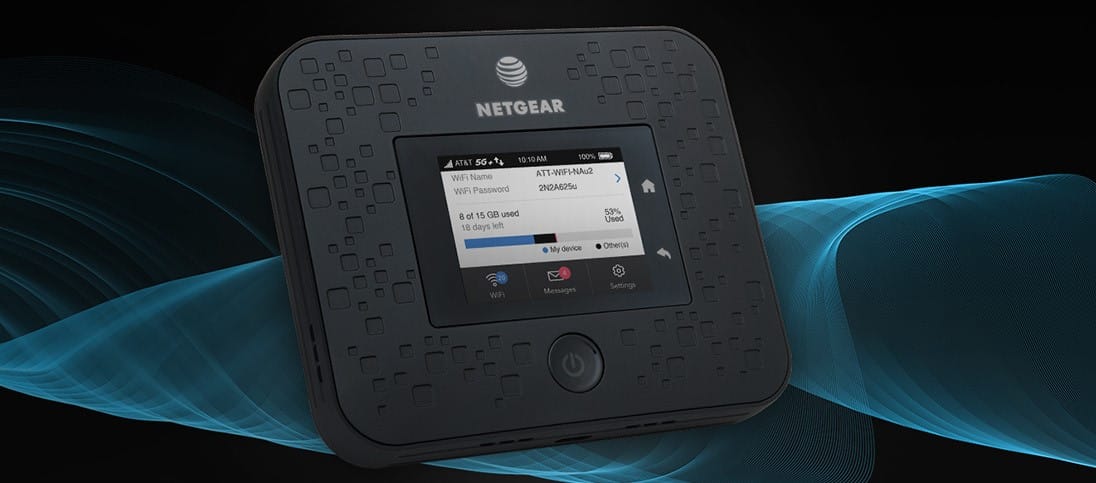
One of the smartphones that have been confirmed to support 5G is the Samsung Galaxy S10 5G. However, it’s only available through Verizon Wireless, at least for the time being (official shipping begins on May 16). AT&T is expected to bring the S10 5G to its stores at some point, but it’s not known when. From the look of things, though, it should happen probably before the end of Q2 2019.
Another 5G phone is the LG V50 ThinQ. This one will begin selling in the U.S. in May 2019 through Sprint before arriving on AT&T and other carriers later on. When exactly AT&T will begin carrying it is also unknown at the moment.
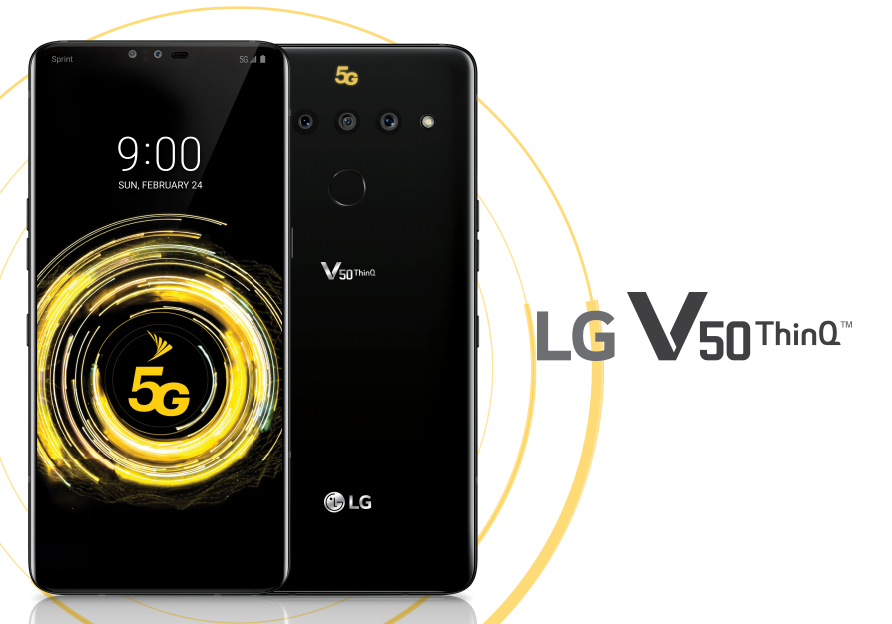
We also know that Samsung Galaxy Note 10 will support 5G. Granted, this device should come to AT&T in the second half of the year, which is when we expect to see more 5G devices arriving on the market.
AT&T 5G data plans
- AT&T 5G data currently goes for $70/mo. for 15GB
- Data plans to be revised within 2-3 years
- Tiered pricing expected
The excitement around 5G is mainly about the new speeds it promises. I mean, who wouldn’t be excited by the prospects of downloading a 2-hour HD movie in just 10 seconds?
While it’s good and all to have such unimaginable internet speeds, AT&T customers will have to incur a higher cost than what they pay for the current 4G LTE data. Apparently, the carrier plans to introduce tiered 5G data plans, meaning those who wish to get maximum 5G speeds will have to pay extra.
On the brighter side, AT&T says this pricing format will not take effect immediately, but probably after two to three years.
Those who have already bought the NETGEAR Nighthawk mobile hotspot are paying $70 per month for 15GB of 5G data. Compared to the base plan of $70 per month for unlimited LTE data, we can already guess that AT&T 5G data plans will be quite pricey.
Conclusion
AT&T didn’t paint a good picture of itself with the push for 5GE, but the carrier will be excited that at least this got the AT&T 5G topic going. Since then, Sprint has even sued it, something that AT&T must have relished since it helped put them in the 5G headlines. With more efforts being deployed, it won’t be long before the customers begin enjoying 5G network on AT&T.
What still stands in the way, though, is Verizon Wireless. The Big Red has the exclusive access to the Galaxy S10 5G, the only device that promises to bring a taste of 5G to consumers for now. This means that even if AT&T holds the record for the most widespread 5G coverage today, it will have to wait for several weeks (or months) before customers can actually use it. By design, this should give Verizon an advantage in the race.
Also, the use of mmWave means AT&T 5G network will initially be reserved for those in urban centers, with the rest having to wait until 2020 or later.
Related: 5G Android Phones – Device list

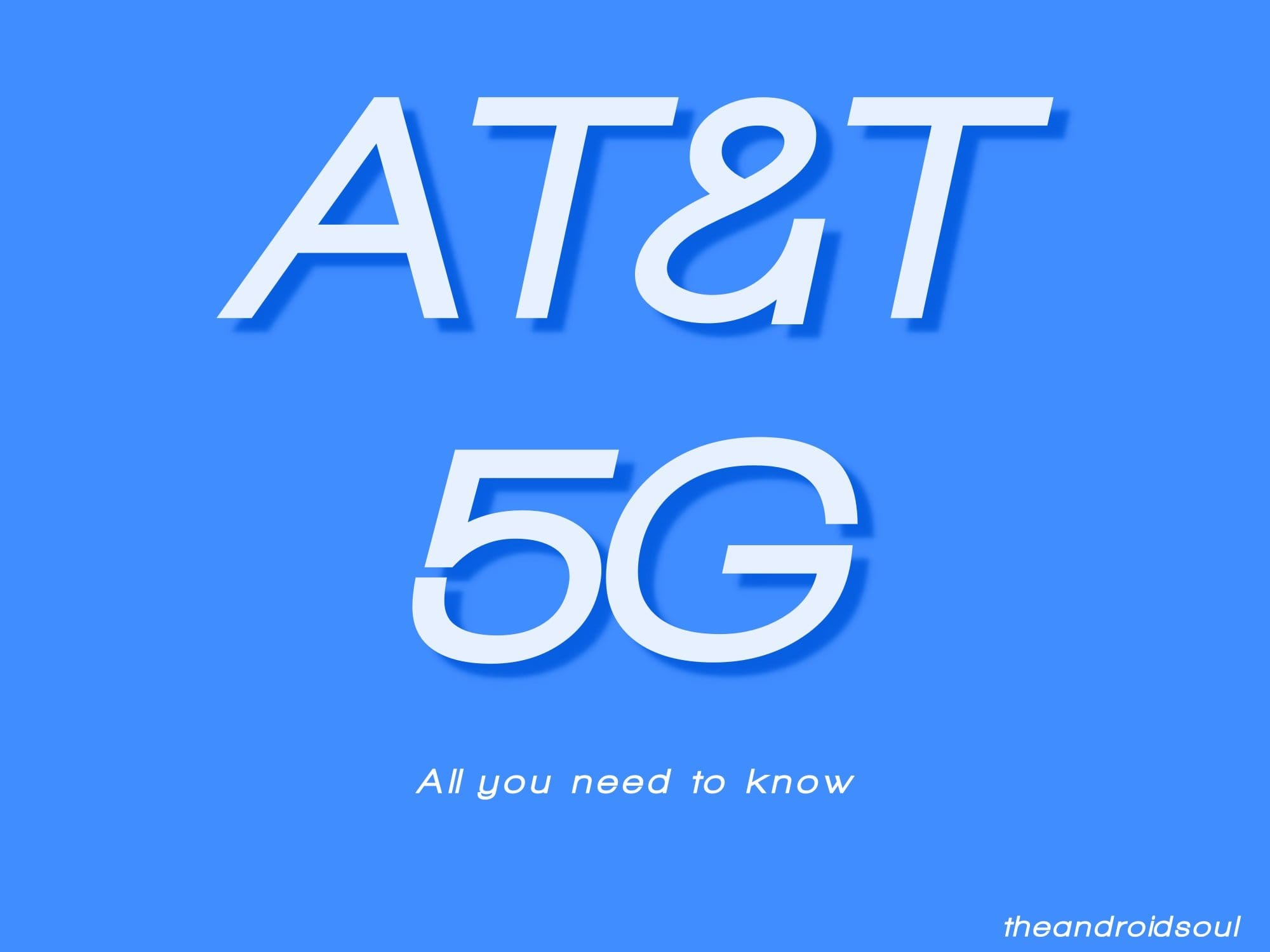











Discussion